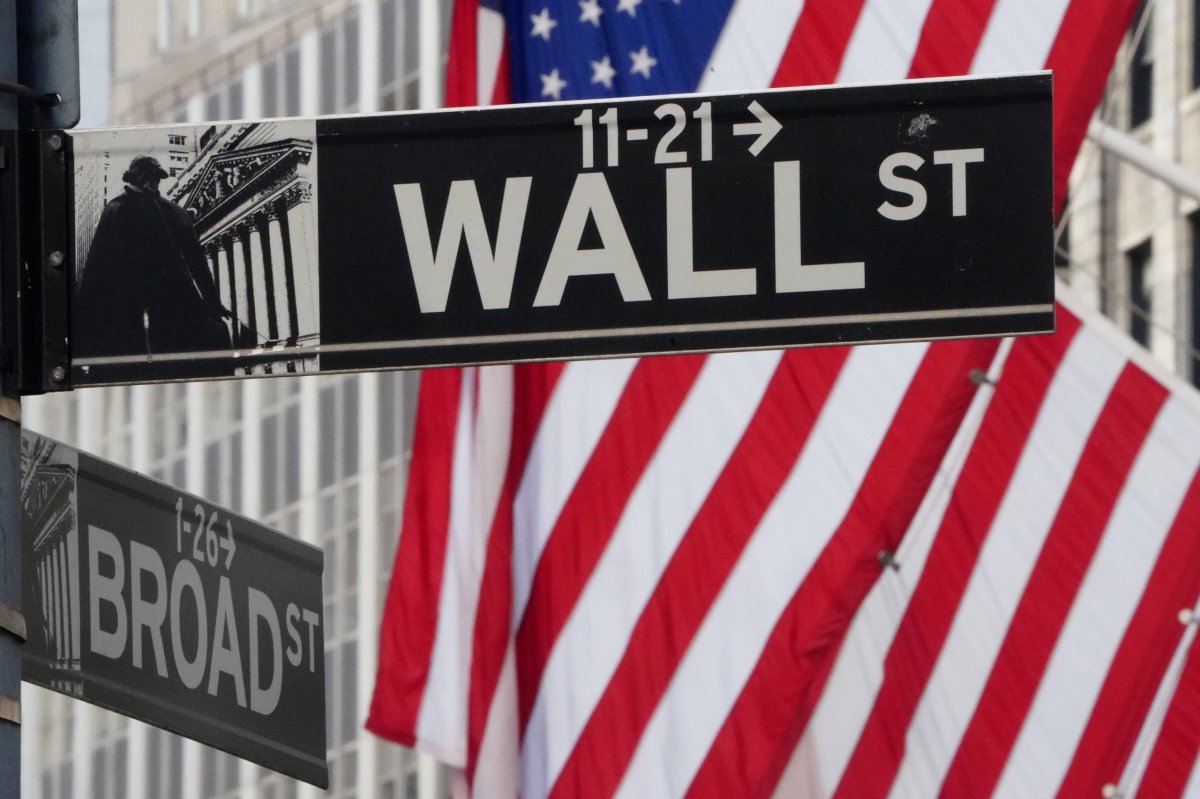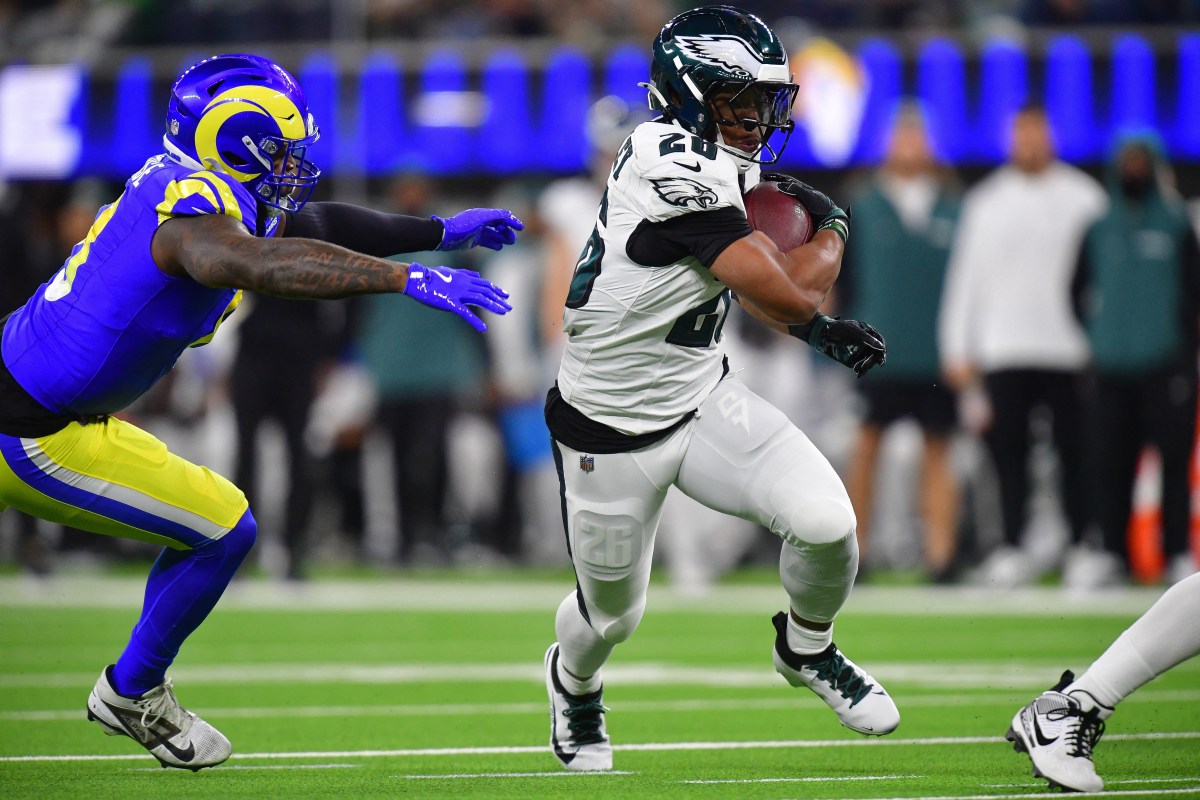NEW YORK (Reuters) – Wall Street analysts and investors see a risk that stocks could retest recent lows in the coming days or weeks as they worry about the spread of the virus and its impact on the economy, although some spot glimmers of light at the end of the tunnel.
Wall Street’s main indexes fell more than 1.5% on Friday as the coronavirus abruptly ended a record U.S. job growth streak. The S&P 500 <.SPX> closed at 2,488.65, after rebounding about 13% from its intra-day late-March low, although it is still down more than 26% from its mid-February record high.
Markets have shown some signs of stabilization as investors parse a broad range of signals for clues on the trajectory they may take in coming weeks.
Some point to easing volatility and improving liquidity in fixed-income markets as signs that the worst of the sell-off may be over. Investor sentiment, often seen as a contrarian indicator, is one signal pointing to an eventual turnaround in U.S. stocks. Still, markets remain turbulent and far off their highs.
U.S. Surgeon General Jerome Adams warned on Fox News Sunday that “this is going to be the hardest and the saddest week.”
However, there have been some positive signs. New York Governor Andrew Cuomo said deaths had fallen slightly from the prior day, even though he cautioned that it was not yet clear whether the crisis in the state was reaching a plateau.
Michael Hewson at online trading company CMC Markets said that U.S. futures may get a lift on Sunday by a “fall in the death rate in NY” and some other places. U.S. futures were up more than 1 percent soon after opening on Sunday.
Here is a roundup of some analyst and investor views from the past few days:
– Julian Emanuel at U.S. broker-dealer BTIG said in a research note on Sunday that if history is any sort of guide, he expects a “retest of the March lows in April, as the public health and economic bad news is likely to reach its parabolic peak.”
Emanuel said that part of what could make a bottom for stocks in the coming days is a realization that the real reopening date for the economy is not the end of April but rather the end of May.
Emanuel added that stocks often trough “when the headlines are most adverse, hope scarce, and emotions high” and said that as investors, “we want to be ready for that time, and we think it is coming in April.”
Emanuel pointed to one “uncommon phenomenon indicative of systemic hedging,” saying the S&P 500 VIX, which measures volatility, is currently above the Nasdaq 100 VIX, which is “usually reserved for times of market stress.”
– Whitney Tilson, founder and CEO of Empire Financial Research, a publisher of investment newsletters, who previously ran hedge fund Kase Capital, said in an email on Sunday that he believes New York City “stopped the rapid spread of the virus around March 19,” and that the number of new cases is now in decline. Tilson said data that NYC Health was releasing on new cases gave a more hopeful picture.
– Christopher Wood at Jefferies wrote in a research note dated Friday that they are still expecting, at a minimum, “a re-test of the previous low on the S&P 500”, as well as a re-test of the 10-year Treasury bond yield low, and forecasts that will coincide with a renewed rally in the U.S. dollar.
Wood wrote that “markets are heading into the peaking of the bad news in Europe at the same time as cases in Britain and America, both behind in terms of the virus cycle because of the failure to lockdown earlier, continue to rise sharply,” Wood wrote. “This news flow is likely to unnerve investors in the short-term for understandable reasons.”
Still, Woods said “when that peaking out does occur, it should generate a decent tradeable rally.”
Jefferies equity strategist Steven DeSanctis, however, in a separate note said, said that hedge funds’ de-risking “seems to be behind us.”
– Andrew Slimmon, managing director and senior portfolio manager on all long equity strategies at Morgan Stanley Investment Management, said in emailed comments from a podcast on Friday that he also expects some “retest of the lows” but said it is possible that “we will not get back to the lows.”
He charts three stages of bear markets – the “panic low,” the “relief rally” and the “retest” and said the market is currently in the second stage. He sees financial services and consumer stocks as areas that are particularly attractive.
– Brad McMillan, chief investment officer for Commonwealth Financial Network, wrote in emailed comments on Friday that “April is going to be a tough one, with lots of real — and very scary — headlines. The market will certainly respond to those headlines, so we should expect more volatility and quite possibly a retest of the March lows.”
– Michael Purves, at Tallbacken Capital Advisors, wrote on Friday that the VIX curve appears to be reflecting a few high-level but important scenarios/risks, of rolling U.S. blackouts as incremental populations get hot, and that U.S. health policy is less cohesive than it is in other countries.
Purves also said there is “an ever growing number of second order impacts from this economic shut down which may not reveal themselves for several months (fiscal stimulus implantation risks, food inflation, labor strikes, rising political risk, unsuccessful reboot of Asian economies, re-outbreak of Corona cases etc.)”
(This story was refiled to add that Morgan Stanley comments were from a podcast)
(Reporting by Megan Davies; Editing by Nick Zieminski and Daniel Wallis)





















